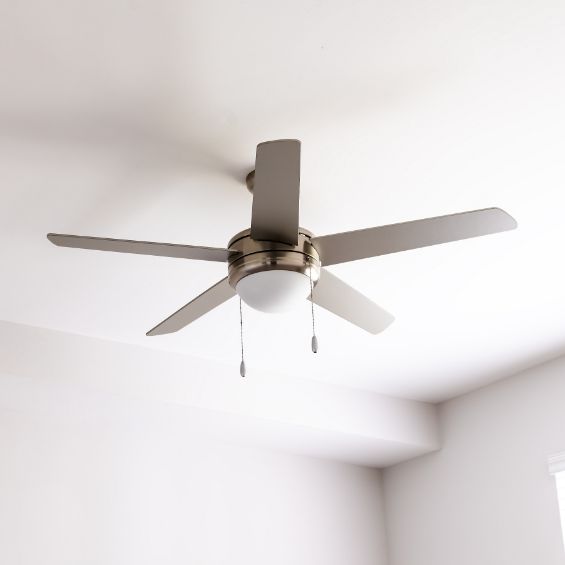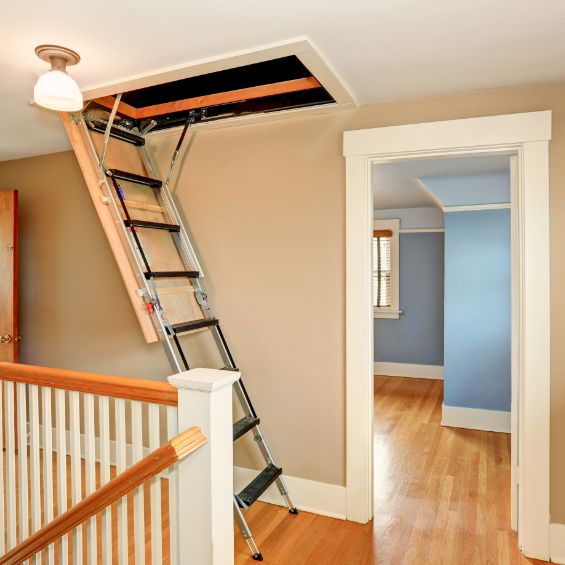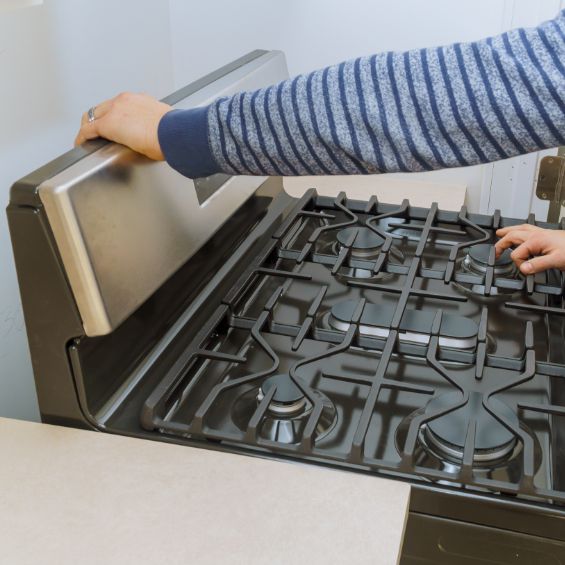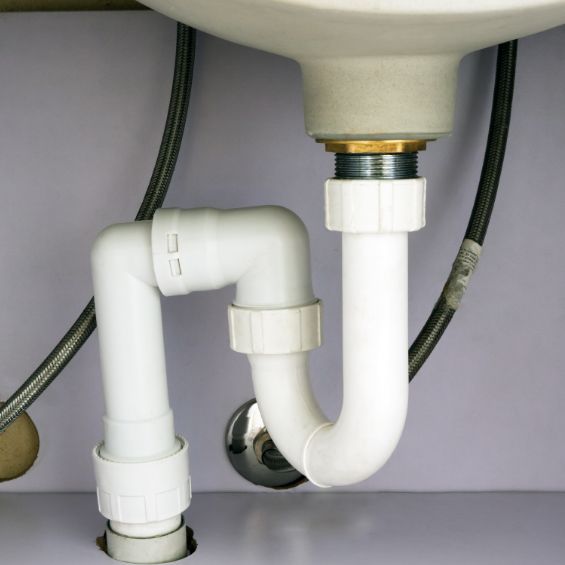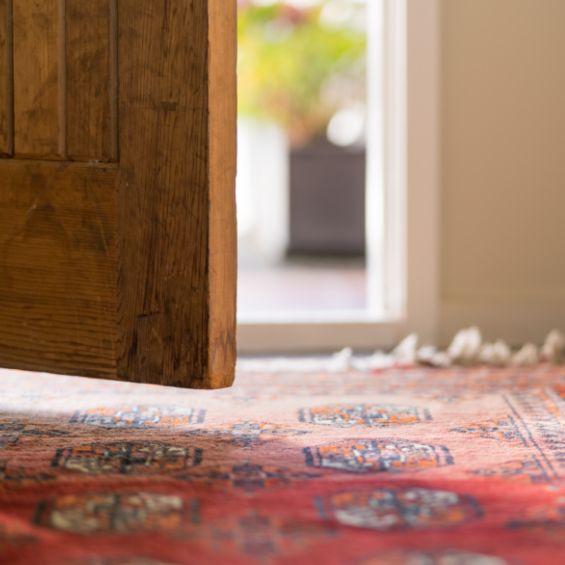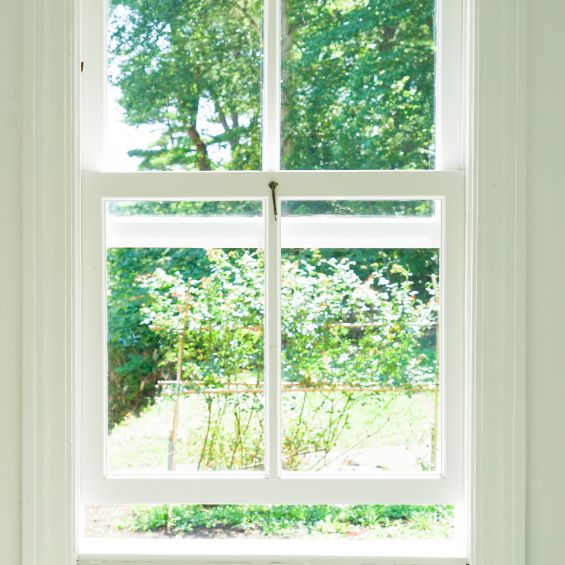“Air leaks can waste money and energy, but they are often ignored … like weird noises your car makes.”

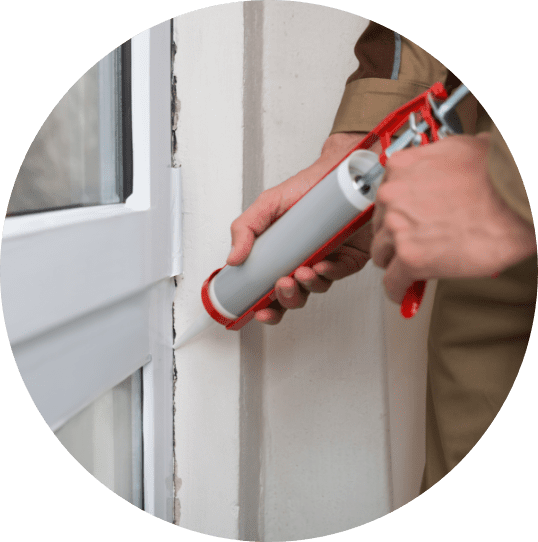
Common Types of Air Leaks
Cracks
These buggers tend to get overlooked because … well, they’re just cracks. Maybe nothing is getting in or out, right?
No. Not right. Seal those babies up! Teeny tiny ants, dust, allergens, and air can slip through the cracks (kind of like remembering to grab a birthday card for your nephew).
So, seal it!
Where you find them:
A common place for cracks is along window frames on exterior walls.
What to use:
Caulk is the best for cracks. Use a caulk gun and caulk or a squeezable tube of caulk. You can paint it afterwards, too (be sure to check the label).
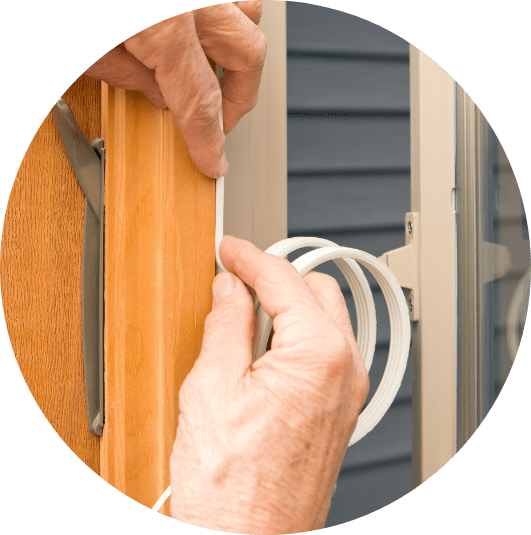
Gaps
Your neighborhood mall isn’t the only place with a gap. And pests, much like classically stylish pre-teens, spend a lot of time hanging around gaps. *Shudder*
So, let’s take care of that, shall we?
Seal it!
Where you find them:
- Windows
- Doors
- Plumbing holes under sinks
- Attic doors
- Basements
What to use:
For windows and doors, weatherstripping and spray foam are handy tools. If you see light coming through a door and the doorframe when it’s closed, weatherstripping can fill that gap. The same for windows that aren’t closing all the way.
For larger holes, like plumbing lines under your sink or dryer vents, expanding spray foam is best.
Pro tip: For a hint of visual satisfaction, use stiff cardboard to smooth it after application, as it will likely be bumpy and unattractive. (Good thing these holes are usually hidden!)
If you notice window frames that aren’t flush against the wall, they could use some caulk. Once you’ve applied the caulk bead to the window frame, use a finishing tool (like this one) or a wet fingertip (we don’t judge) to smooth it out and help press it into the gap. Use water-based caulk for easy cleanup.
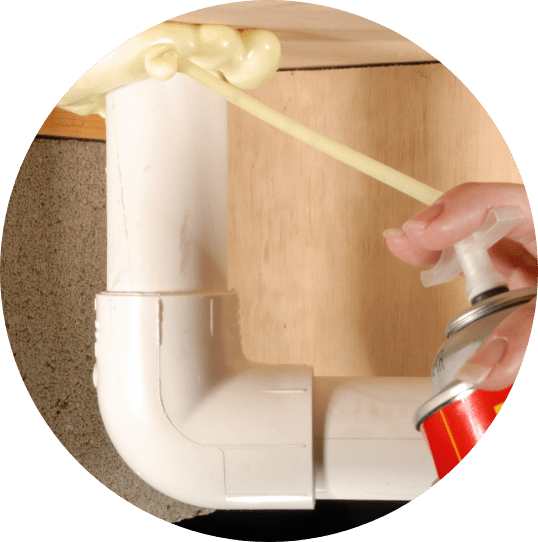
Holes
Holes are little open doors to the outside world and can be gateways for critters and bugs. If you’re not feeling particularly hospitable to these uninvited guests, it’s time to air seal!
Where you find them:
Check behind appliances like your stove, washer, and dryer. Check for holes around plumbing under sinks. Places where electrical wires are fed through walls can leave holes, too.
What to use:
Expandable foam sealant is a great tool to fill these holes. It will expand into the gaps and take care of the large spaces between your walls and appliance hookups.
Where Exactly Are Those Air Leaks?
Stealthily hiding behind appliances? Audaciously staring at you in plain view? Or deceptively inconspicuous? Don’t worry. Wherever they are, we’ll help you find them.
Visit each room below to see common air leaks and where they hide out.
Phew!
We know … that’s a lot of sealing it! But the good news is, it should make a big difference in reducing energy waste. And not only is it easy, but it’s rewarding, too.



